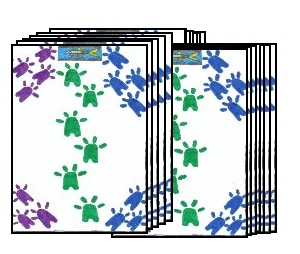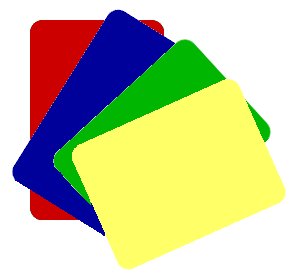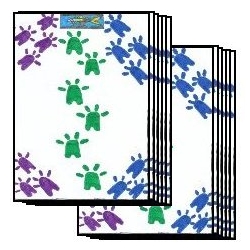

In other games, the cut card is used not so much as to aid in the cut, but rather to help prevent any player from viewing the bottom card of the removed pile. Thus, when the top pile is removed from the deck, it is placed on top of the cut card instead of just on the table in an effort to help prevent anyone from seeing the new bottom card of the deck.
 In the vast majority of card games the deck is usually cut, often more than once. This is usually done immediately after the dealer shuffles the pack, where the deck is offered to the player to his immediate right to cut the deck. But why and how is this done? Read on to find out.
In the vast majority of card games the deck is usually cut, often more than once. This is usually done immediately after the dealer shuffles the pack, where the deck is offered to the player to his immediate right to cut the deck. But why and how is this done? Read on to find out.
 How To Cut:
How To Cut: